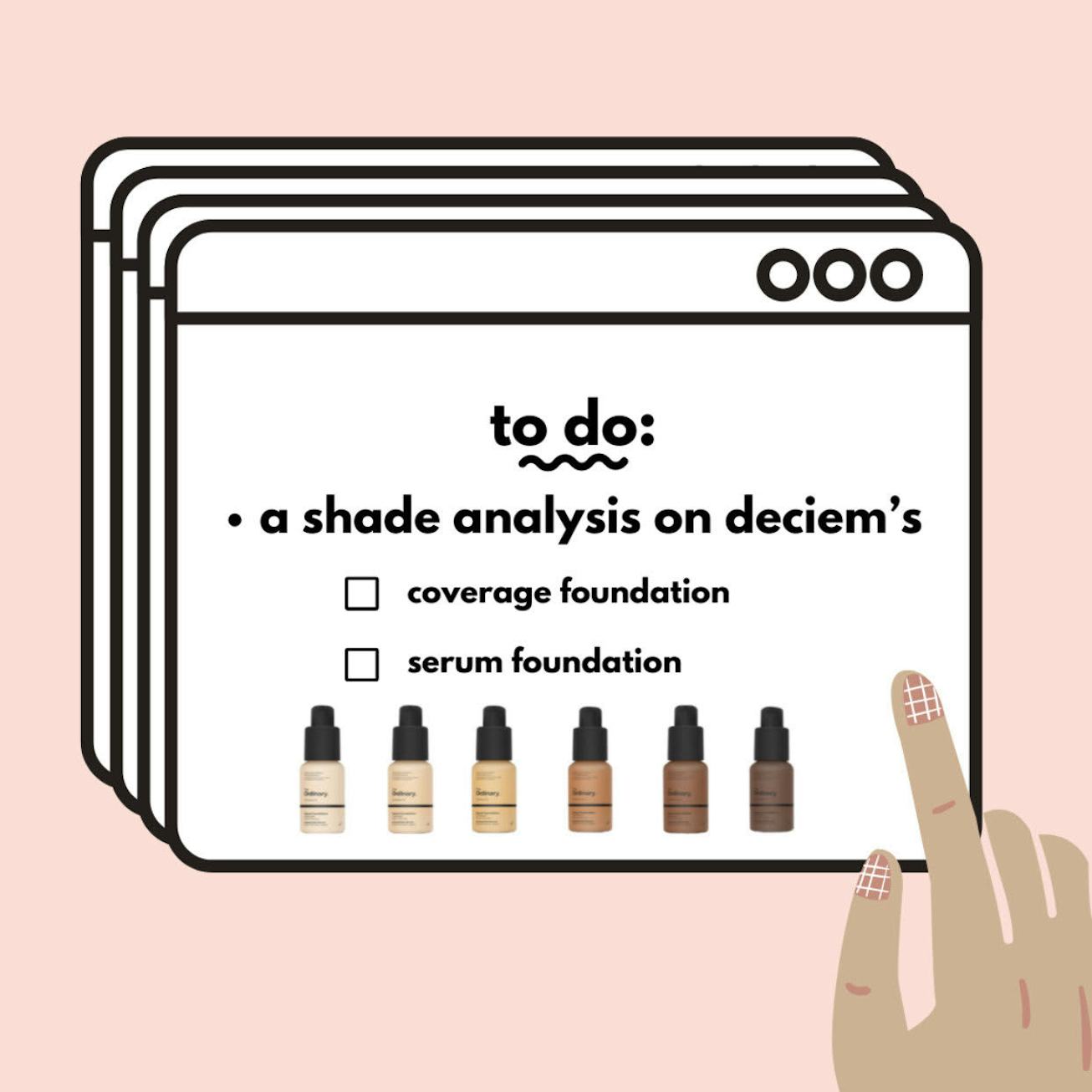Beauty
The Creator Of “The Shady Series” Is Taking Beauty Brands To Task On Instagram
Nikki Lopez is holding brands accountable by breaking down their shade ranges.
Despite continued calls from consumers and promises for change, the beauty industry still struggles with creating inclusive products. It shouldn't be news when a brand finally does create something that caters to multiple skin tones, but it is, and while some companies are doing their part to bring about the change that's long overdue, others continue to offer limited options. Some on social media have grown tired of waiting, including Nikki Lopez, the creator of The Shady Series.
Back in June, Lopez started using her Instagram to offer a more complete breakdown of shade availability. She started what she's called The Shady Series, an Instagram hashtag that compares foundation shades among brands, examining how many light, medium, and dark shades are offered in skin-related makeup releases.
Lopez told NYLON that she wasn't familiar with makeup or foundation when she started, but she wanted to see how inclusive brands truly were. "I wanted to factually measure the inclusivity in the beauty community that sometimes has gone unnoticed and tolerated for years," she said. "I was inspired by the voices of the community speaking up against brands who claimed to be there for all, but their products, decision making and, or products say otherwise. While the series began by just showing how certain shades fall on a lightness spectrum, it slowly grew into a way of holding beauty brands accountable by proving that while they proudly seem to reflect inclusive values, their shade ranges may say otherwise."
For her method of swatching, Lopez relies on a technique created by Amber Thomas, an engineer at The Pudding. "She used a CEI lab code in order to compare popular foundation ranges to Fenty Beauty to see how their range compared. This inspired me to focus on a single brand each time and display their range on a more focused and in depth way," she said.
Admitting that it is frustrating brands still release products that are not inclusive, Lopez explained she continues this project to challenge what's considered the norm in beauty. "Beauty is meant to encapsulate a wide spectrum of interpretations and expressions. It’s meant to include a wide spectrum of colors, sizes and more. There is no “uniform” definition or reflection of what beauty is and working towards fighting for beauty inclusivity is what makes #shadyseries so meaningful for me," she said.
At a time when inclusion should surely be the norm, Lopez wants companies to think twice about launching something that doesn't come with options for all. "For me, don’t launch it unless it can appeal to a large portion of the market; otherwise, it’s not a reliable product," she said. "Knowing it’s 2020 and that I still have to have these conversations with some brands makes me so frustrated. I shouldn’t have to do a shade analysis, you should know what inclusivity and balance looks like already. I mean, that’s what they claim, right?"
Having an Instagram platform isn't required of demanding change from your favorite beauty brands, and Lopez encourages others to be unafraid in asking for more. "Always have the confidence to say something. For me, I always say that these brands don’t pay my rent so there’s nothing I can lose. I’d rather call out a brand now than 'hope for improvements in the future,'" she says.
The Shady Series isn't the only Instagram movement encouraging change in the beauty industry. In June, Sharon Chuter, the founder of UOMA Beauty, called for all companies to #PullUpOrShutUp, and share how many Black employees they were employing. And nearly two months ago, the Instagram account @browngirlhands was created in response to a Medium post from Jessica DeFino.
Below, see how some of your favorite brands may have stacked up when it comes to shade range offerings.
This article was originally published on
